Make Space For Your Pets
As an Amazon Associate and member of other affiliate programs, I earn from qualifying purchases.
These days fur babies rank almost as high in the household as human children. Now that my nest is almost empty it feels like I spend more time with my dog than I did with my kids (that can’t be true though, right?) In return for their unconditional love pets require food, water, health care and depending on the species a fair amount of pet-related goodies. Despite their elevated status in the household, pet gear is often an afterthought when it comes to prioritizing space in the home.
Putting thought and effort into organizing all of the things that come along with our furry friends makes life in the pet lane a little easier (and more aesthetically pleasing) for everyone involved. Here are a few ideas for organizing the 3 key categories related to pets.
FOOD
There are so many different kinds of pet food available today. Many folks go for fresh or frozen food that is housed in the refrigerator. Some feed their pets canned food. And a majority (myself included) go the kibble route. Whatever your (or your pet’s) preference, the important thing with food is to have a feeding system where the food is kept in close proximity to where it is eaten. It’s also helpful to have some available counter space to put the bowl while the food is prepared. If you set up a station where food, medications and food bowl all live, then preparing and feeding your pet is simple and quick.
While I am not a proponent of decanting everything, I do like to decant my dog food into a big bin so the bag isn’t sitting around. And I recommend food storage bins like this for supplements and prescriptions. Pet-related food and medication is rendered more visually pleasing when spruced up with product, especially if it occupies prime real estate in a highly-trafficked room like the kitchen.
TREATS
Treats are technically food, but used for a different purpose and therefore do not have to be housed at the Food Station if it doesn’t make sense. Where to keep your treats will depend on how you use them. As an example I keep one kind of treat in a bowl by the back door of our kitchen, Gus gets one when he comes inside after being called (a leftover ritual from his long-gone potty-training days.) If you bring treats on dog walks keep them near whichever door you exit for the walk – within easy grabbing distance. Often the place where you use treats may not lend itself to an ugly bag on a counter or shelf, so here I also recommend a decanting strategy. A ceramic jar with a lid works well, or a bowl if they are kept up high. For Gus backyard treats I took the opportunity to use a ceramics project that one of my kids (can’t remember which one) made!
Paraphernalia
This is where advice differs whether you have cats or dogs, since they have different stuff to contain. A dog’s paraphernalia (leashes, raincoats, travel water bowls, poop bags, etc.) should have a place in the mudroom where there are hooks and cubbies available. Keep one or two cubbies reserved for doggie items. If you don’t have a traditional mudroom position a couple of bins in close proximity to the exit you most often use when taking your dog out.
For cats toys are more prevalent and in that case I like a felt bin on the floor in the living or family room where it is easy to scoop them up and deposit them when needed.
Pets are the best and making space in your home that accommodates them while blending in with the human things enhances the life you lead with your fur babies.

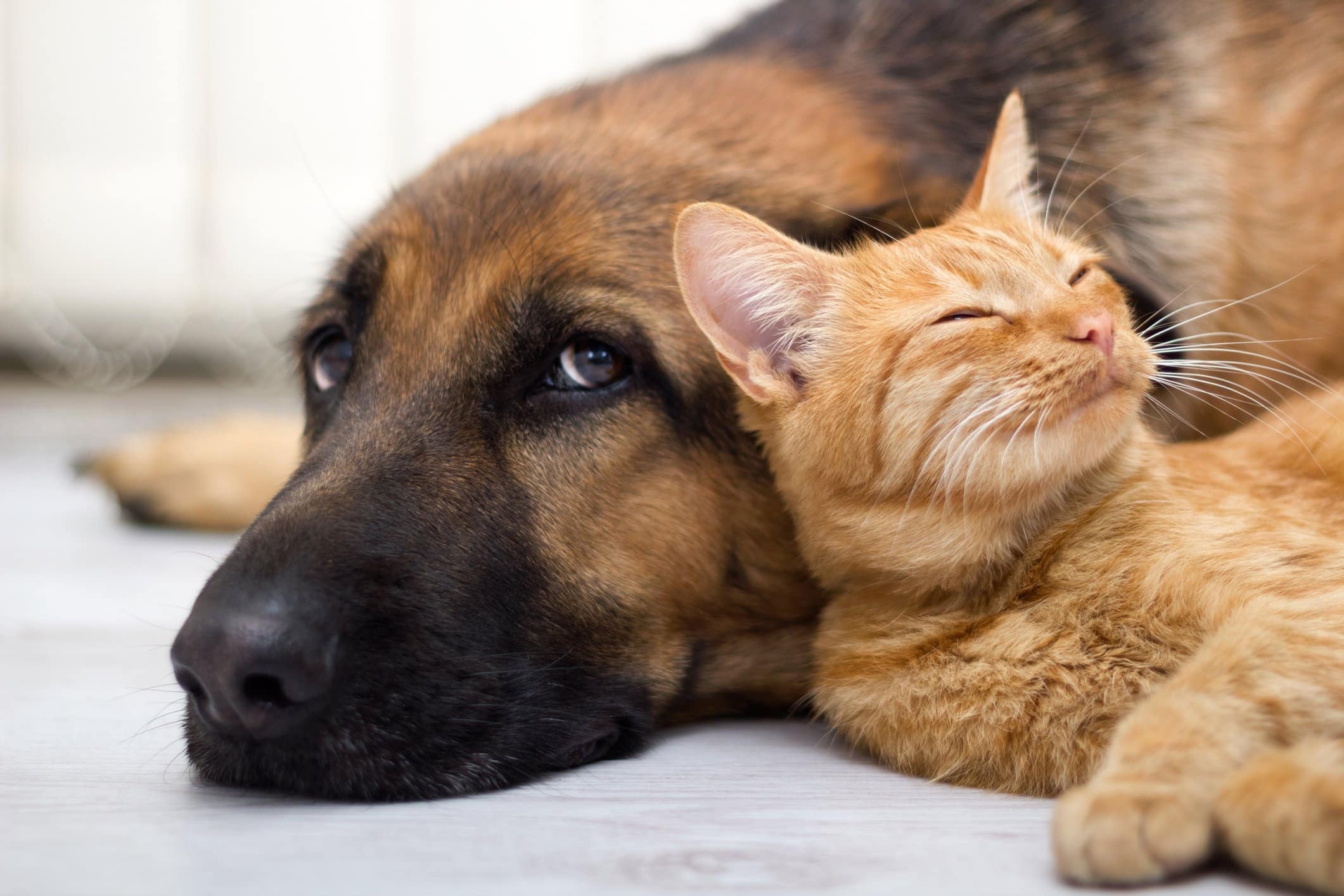
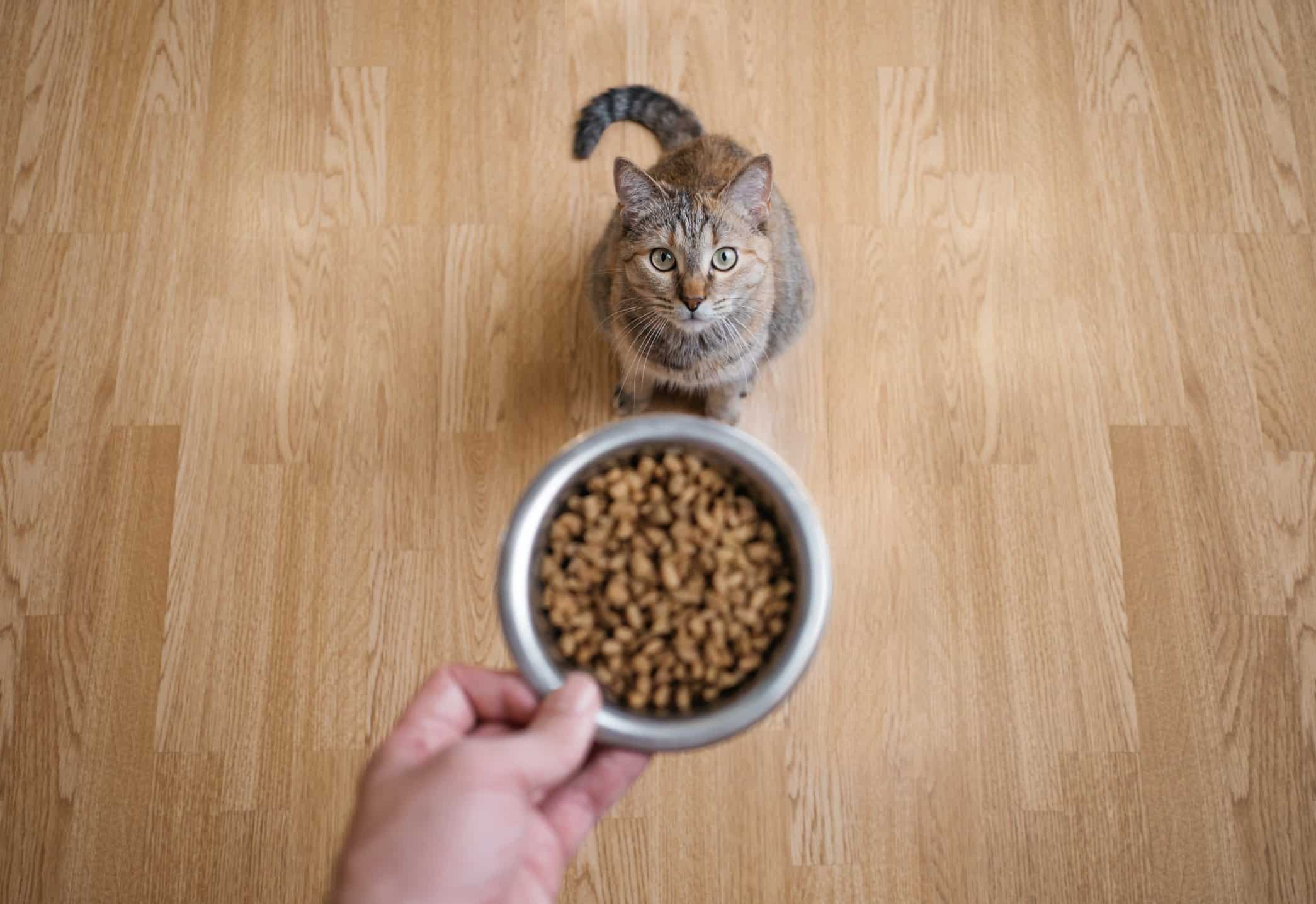

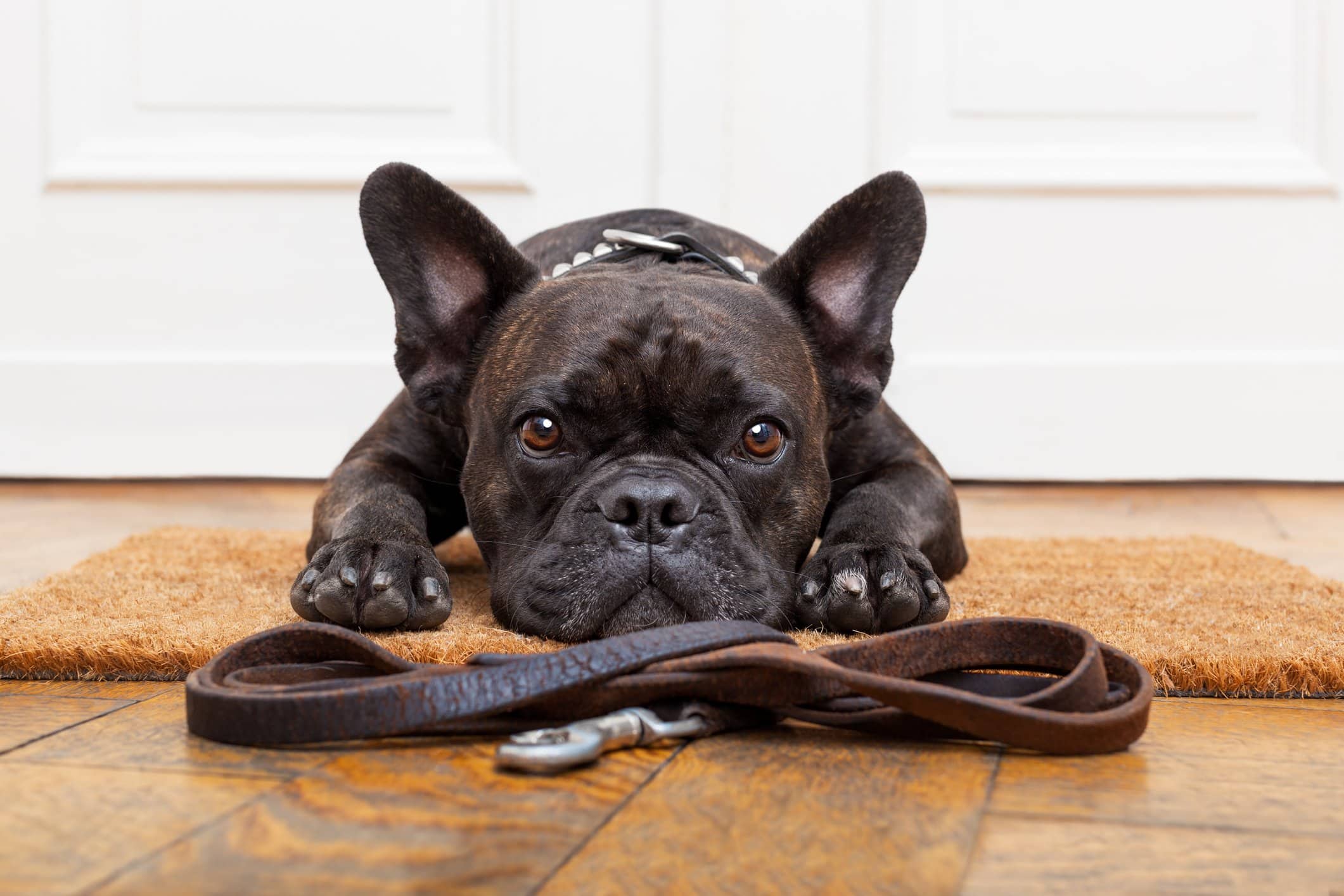
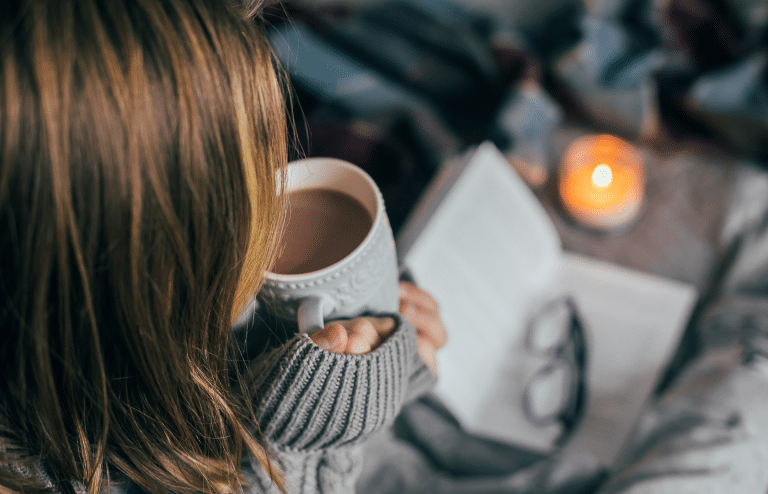
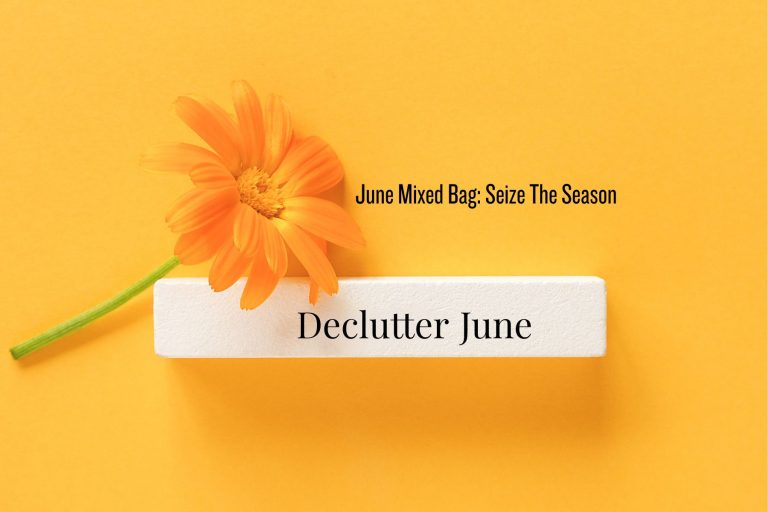
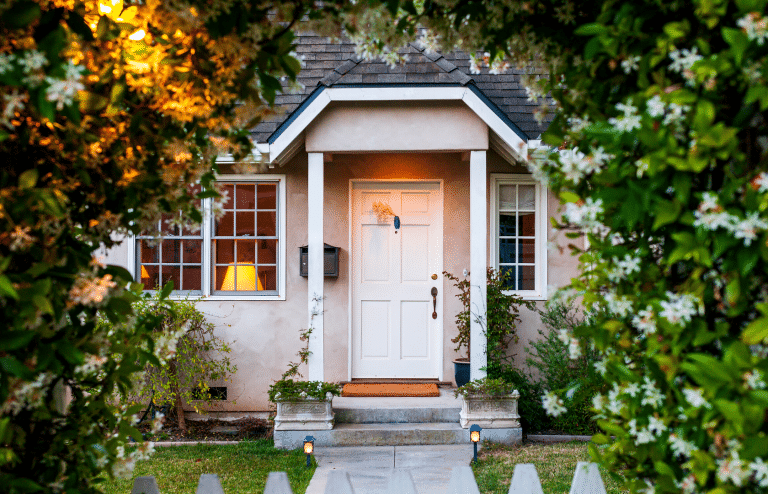
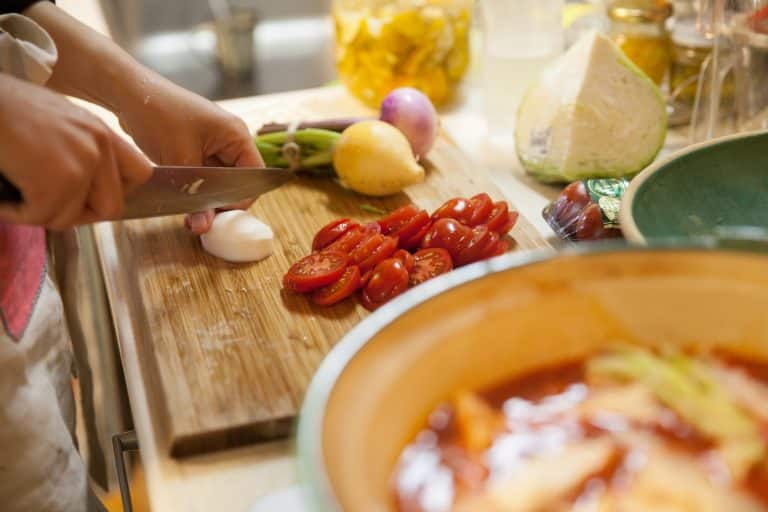
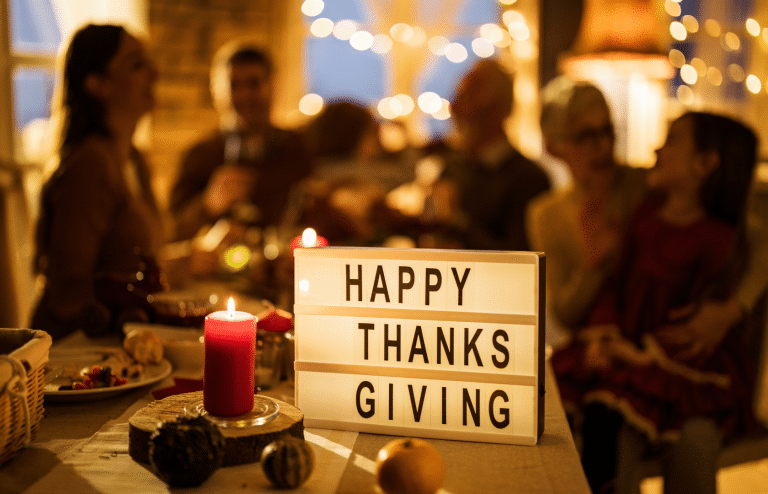
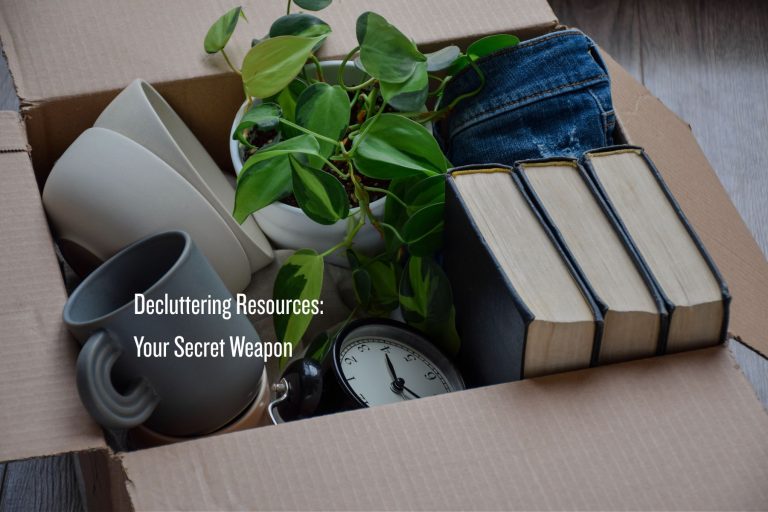
Method Seattle Comment Policy
We welcome relevant and respectful comments. Off-topic comments may be removed.